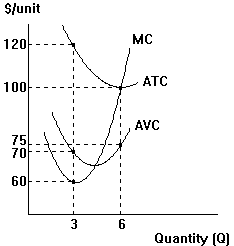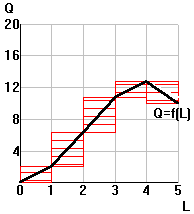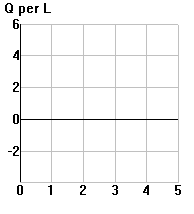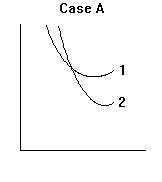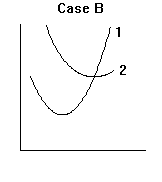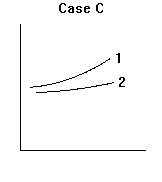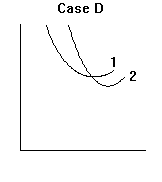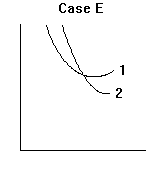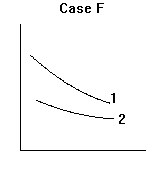| THE RELATIONSHIP BETWEEN TOTAL AND UNIT VALUES | |||
| 1. | Consider the following short-run production
function: Q = 2.4 L2 - 0.4 L3 The diagram of this function is attached. Use the bottom panel of the diagram to do the following: |
||
| a. | Sketch the marginal value and average value curves. Label them with MPL for the marginal product of labor and APL for the average product of labor APL. | ||
| b. | Indicate the range of labor input where you observe each of the following: | ||
| (1) | increasing marginal productivity of labor. | ||
| (2) | diminishing marginal productivity of labor. | ||
| (3) | diminishing marginal and average productivity of labor. | ||
| (4) | negative marginal productivity of labor. | ||
